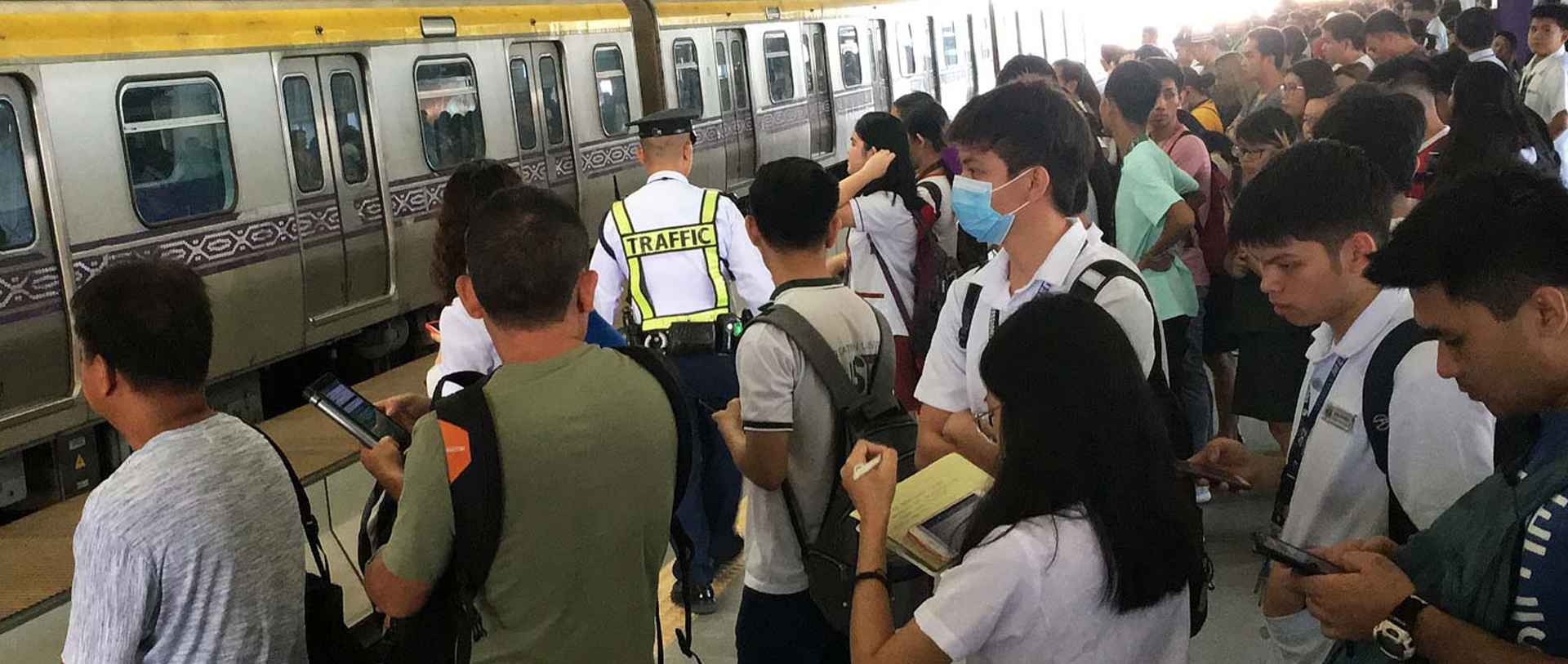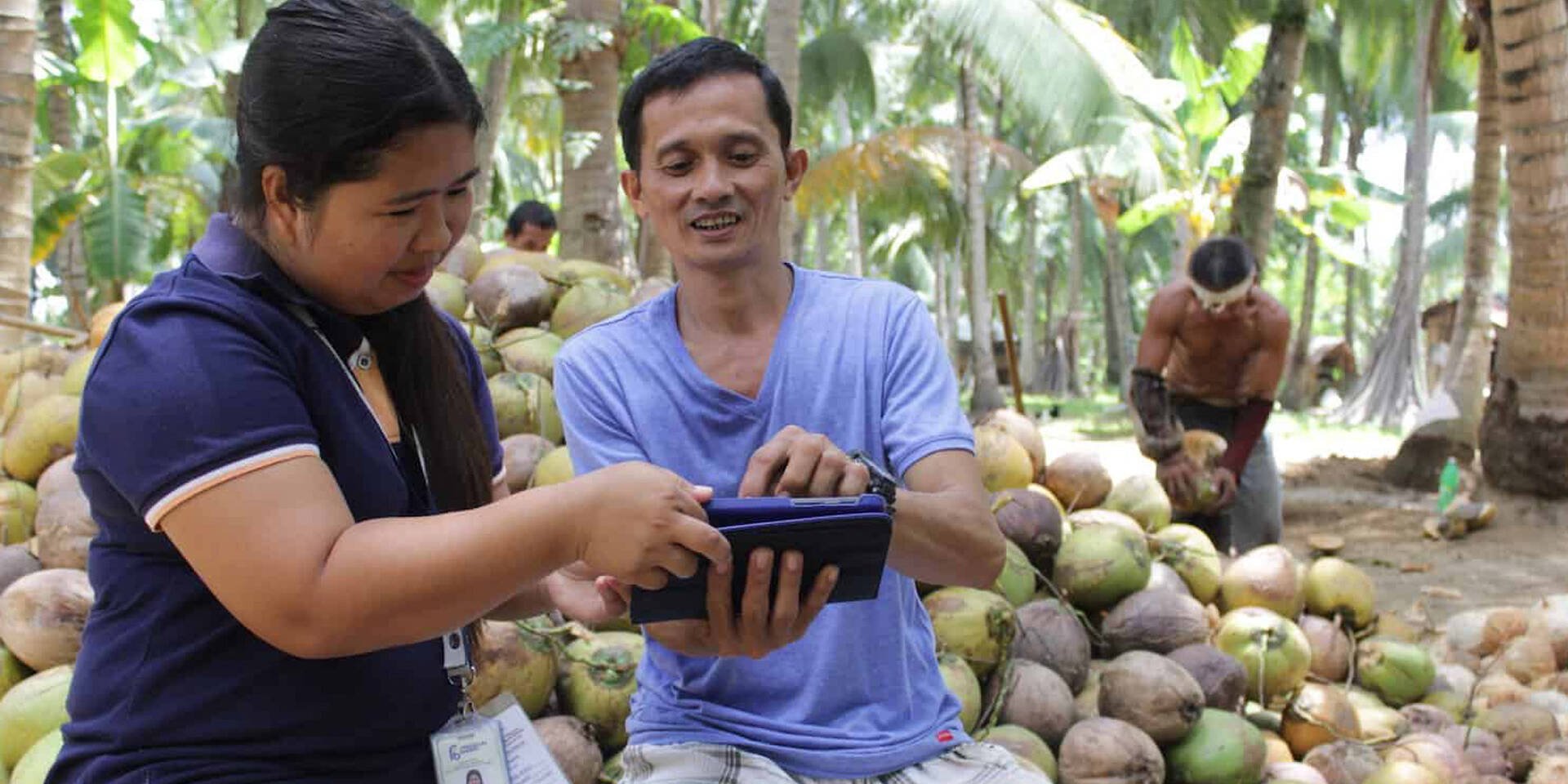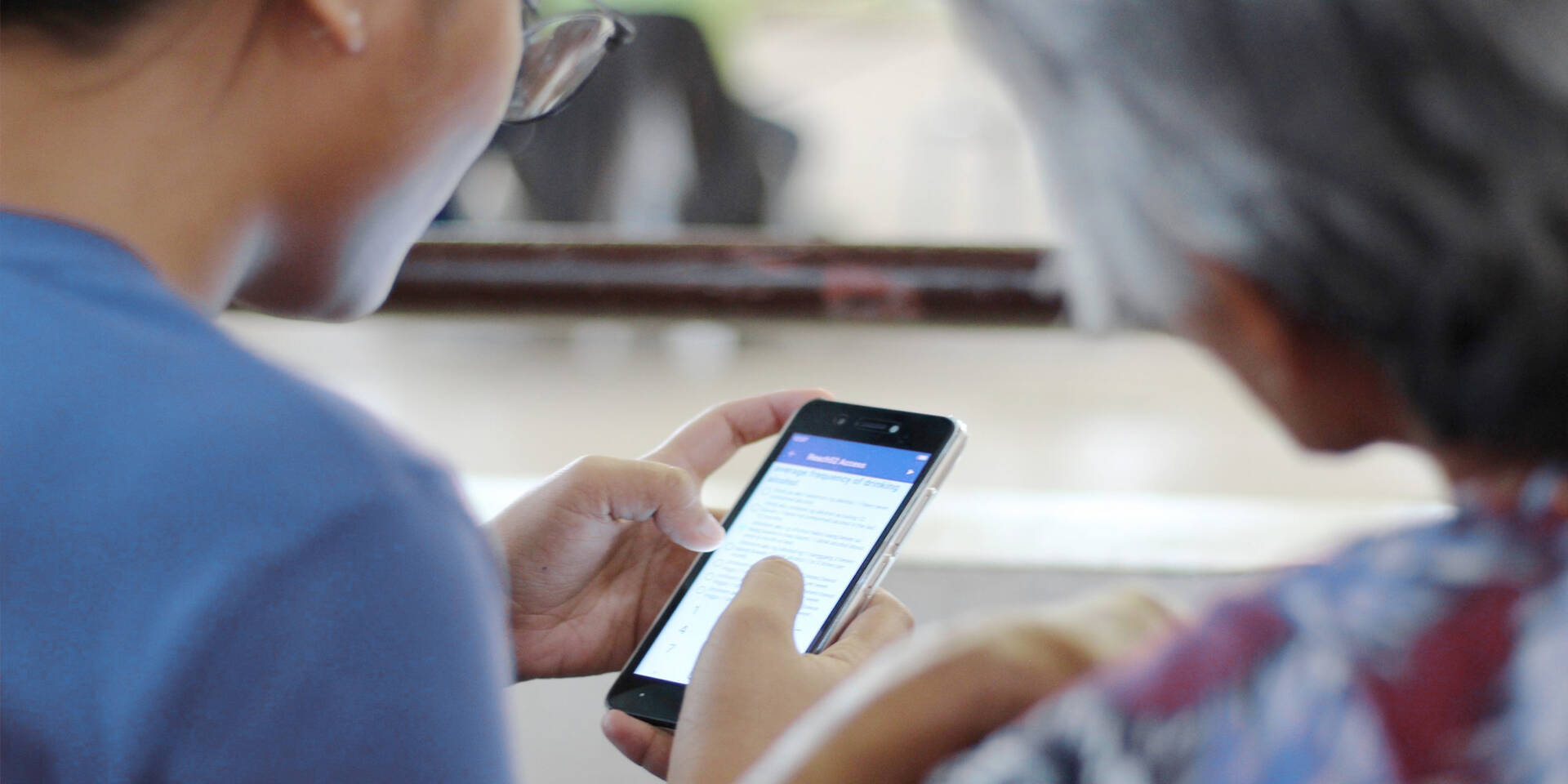Photo courtesy of Visualhunt
The current state of digitalization in the Philippines shows that nearly 60% of Filipino households are unable to access digital solutions. The digital adoption challenges such as the lack of digital infrastructure, high cost and uneven quality of internet service, underdeveloped payment infrastructure, and low account ownership limit digitalization in the country.
Even though there have been advancements in digitalization in the last decade, these issues show that we’re still behind the world average on digital adoption. Currently, we rank 57th out of 63 nations in the 2020 IMD World Digital Competitiveness Ranking. Majority of Filipinos still find it difficult to access digital solutions and have no choice but to stick to traditional means.
Instead of transacting in the comfort of their own homes, they have to visit banks and bayad centers for over-the-counter (OTC) transactions. It limits the access of Filipinos and takes up more time compared to digital banking. With all these issues, what can we do to improve the current situation?
Addressing Digital Adoption Challenges in the Financial Industry
Understanding the digital adoption challenges that the financial industry face in the Philippines is the first step that we must take. Knowing these will help us learn how we can improve them. Let’s take a look at the following problems:
Challenge: Fragmented Solutions Landscape

Photo courtesy of Rappler
Most areas in the Philippines have limited or no access at all to digital solutions. With the uneven access, the available solutions are fragmented. Institutions like rural banks and microfinance institutions (MFIs) have no choice but to use various digital systems from different providers.
Solution: Access to an Ecosystem of Solutions

Photo courtesy of Odua from Freepik
To address this, there are Fintech companies that provide an ecosystem of solutions that addresses all their digitalization pain points to help them reach and serve more people in their communities.
Challenge: Difficult and Complicated to Use Digital Solutions

Photo courtesy of Shisuka from Freepik
Physical barriers such as slow internet are not the only reasons for transformation. Compared to other countries, digitalization is still something new in our country so there are some misconceptions about it. Financial institutions have the misconception that digital solutions are hard to use. They think that it’s too complicated and might take a long time to get used to the new system.
Solution: Transformation Support

Photo courtesy of Bugphai from Freepik
Fintech providers offer solutions that have intuitive experience since it’s designed like the social media apps that we use to make it easier for users. Additionally, providers also give transformation support. Fintech companies provide constant guidance and assistance during onboarding and after their go live to ensure that rural banks and MFIs can use the solutions more efficiently.
Challenge: Customers Don’t Understand How It Works

Photo courtesy of Thannaree from Freepik
Filipinos still use cash for their transactions even though there are already online and digital payments available. The reason why they still rely on cash is that they don’t know how it works. They worry that their accounts or information might be hacked if they use digital banking or digital payments.
Solution: Educational Support

Photo courtesy of Thannaree from Freepik
There are policies and regulations in place to protect their information. One example is the Republic Act 10173 or the Data Privacy Act of 2012 that ensures personal information in information and communications systems in the government and the private sector are secured and protected.
Another way that we can do to make more Filipinos aware of digital financial literacy is to provide educational support to unbanked and underbanked sectors. Financial institutions and Fintech companies can work together to help more people understand how digital solutions work to make it easier for them to use mobile and digital banking.
Improving The Digital Landscape In The Philippines For Better Financial Inclusion

Photo courtesy of Bugphai from Freepik
Addressing these digital adoption challenges will help solve one of the most persistent social problems – financial exclusion. With more than 51.2 million unbanked Filipinos, there are still plenty of people in the country that have no access to financial services.
By improving the current digital landscape in the Philippines, not only will it become easier for financial institutions to transform but we can also include more marginalized Filipinos – like farmers, fishermen, and MSMEs – into the formal financial system. Providing a more convenient way to access capital and other financial resources that will help rebuild their lives, sustain their needs, and grow their livelihood even with a pandemic happening.
As World Bank Country Director for Brunei, Malaysia, Philippines, and Thailand Ndiame Diop stated: Upgrading digital infrastructure all over the country will introduce fundamental changes that can improve social service delivery, enhance resilience against shocks, and create more economic opportunities for all Filipinos.
Transforming institutions like rural banks and MFIs will reduce manual operations, resulting in their increased capacity to serve more customers in their communities. Using digital solutions will help them open an account faster, save and grow their money, receive government cash aid, and apply for loans in the comfort of their own homes. These will help businesses and households to be more resilient and financially stable, especially after the pandemic.
Related Posts
November 18, 2021
Digital Transformation for Financial Institutions: Unleashing Their Potential With the Right Foundation
Understanding how to set up the right foundation for digital transformation can empower financial…
July 13, 2021
Unlocking Business Opportunities in the Philippines Through Payment Gateways
Read how connecting financial institutions to payment gateways in the Philippines can provide…
May 27, 2021
Benefits of Digital Transformation: Encouraging the Growth of Financial Institutions and Communities in the Philippines
Learn more how digital transformation in the Philippines can benefit rural banks and encourage…



